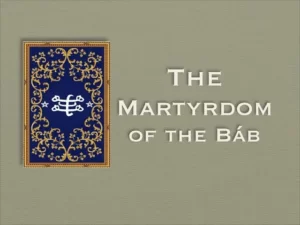
![]()
Spirituality and the human

![]()
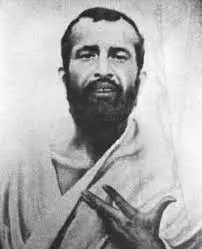 Ramakrishna Paramahansa was a great 19th century Hindu mystic. Born 1836 in Kamarpukar, Bengal, he passed over in Dakshineshwara in 1886. Ramakrishna’s personal experience revealed to him the unity of all spiritual paths.
Ramakrishna Paramahansa was a great 19th century Hindu mystic. Born 1836 in Kamarpukar, Bengal, he passed over in Dakshineshwara in 1886. Ramakrishna’s personal experience revealed to him the unity of all spiritual paths.
![]()
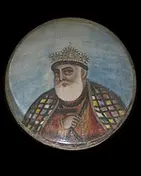 The message of Guru Nanak after emerging from the river Bein, three days after he had been in communion with God, was the opening of the Japji Sahib — the Mool Mantar that described the oneness of God and his attributes. He emphasised that God existed and was synonymous with truth before time, was present throughout the ages, is present now, and will be forever present in the future. He declared that: “There is no Hindu, there is no Muslim.”
The message of Guru Nanak after emerging from the river Bein, three days after he had been in communion with God, was the opening of the Japji Sahib — the Mool Mantar that described the oneness of God and his attributes. He emphasised that God existed and was synonymous with truth before time, was present throughout the ages, is present now, and will be forever present in the future. He declared that: “There is no Hindu, there is no Muslim.”
![]()
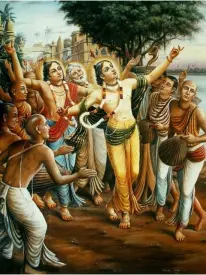 Chaitanya, also spelled Caitanya – more formally known as Sri Krishna Chaitanya, also called Gauranga. His birth name Vishvambhara Mishra, (born 1485, Navadvipa, Bengal, India – died 1533, Puri, Orissa), was a Hindu mystic whose mode of worshipping the god Krishna with ecstatic song and dance had a profound effect on public devotional activities in Bengal. Chaitanya was also instrumental in interfaith activities bringing about the re-creation of Brindavan.
Chaitanya, also spelled Caitanya – more formally known as Sri Krishna Chaitanya, also called Gauranga. His birth name Vishvambhara Mishra, (born 1485, Navadvipa, Bengal, India – died 1533, Puri, Orissa), was a Hindu mystic whose mode of worshipping the god Krishna with ecstatic song and dance had a profound effect on public devotional activities in Bengal. Chaitanya was also instrumental in interfaith activities bringing about the re-creation of Brindavan.
![]()
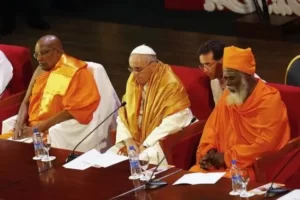 On March 13, 2013, Jorge Mario Bergoglio became Pope Francis, the 266th pontiff of the Catholic Church. He was the first pope from the Americas, the first from the Southern Hemisphere, the first Jesuit, and the first to choose the name Francesco in honor of St. Francis of Assisi (1181 – 1226). He was named Person of the Year by Time magazine in 2013 and was nominated for the Nobel Peace Prize the following year. Here, we look to Pope Francis’ interfaith works.
On March 13, 2013, Jorge Mario Bergoglio became Pope Francis, the 266th pontiff of the Catholic Church. He was the first pope from the Americas, the first from the Southern Hemisphere, the first Jesuit, and the first to choose the name Francesco in honor of St. Francis of Assisi (1181 – 1226). He was named Person of the Year by Time magazine in 2013 and was nominated for the Nobel Peace Prize the following year. Here, we look to Pope Francis’ interfaith works.
![]()